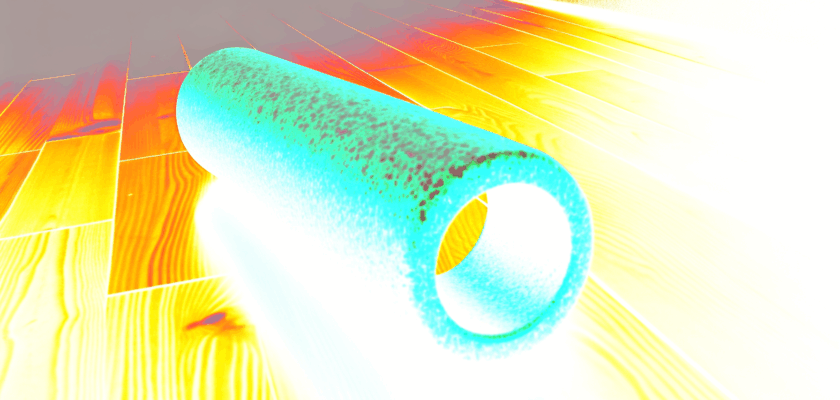Post-workout recovery is a crucial component of any fitness regimen, allowing muscles to repair, reduce soreness, and improve overall performance. Among various recovery tools available, foam rollers have gained widespread popularity for their effectiveness and accessibility. These cylindrical tools provide self-myofascial release, helping to alleviate muscle tightness and enhance circulation. As more athletes and fitness enthusiasts integrate foam rolling into their routines, understanding its benefits and selecting the right roller becomes essential for maximizing recovery outcomes.
Key Benefits of Using Foam Rollers After Exercise
Foam rolling primarily facilitates the release of muscle knots, also known as trigger points, which develop after intense physical activity. By applying pressure to these areas, foam rollers help break down adhesions in muscle fibers and fascia, promoting greater muscle elasticity and reducing stiffness. This process not only alleviates discomfort but also improves the range of motion, which is vital for preventing injuries during subsequent workouts.
Another significant advantage of foam rolling lies in its ability to enhance blood flow to targeted muscle groups. Increased circulation accelerates the delivery of oxygen and nutrients necessary for muscle repair and waste removal. Improved blood flow also helps flush out lactic acid buildup, which is often responsible for the burning sensation experienced during and after exercise, thereby expediting recovery time.
Moreover, regular foam rolling can contribute to better overall mobility and posture. Tight muscles and fascia restrictions can lead to imbalances and compensatory movement patterns, potentially causing chronic pain or injury. By addressing these issues proactively, foam rolling supports the maintenance of functional movement patterns and helps sustain long-term physical health.
Choosing the Right Foam Roller for Your Recovery Needs
Selecting an appropriate foam roller depends largely on individual recovery goals, experience level, and the specific muscle groups targeted. Beginners might benefit from softer, low-density rollers that provide gentler pressure, allowing the body to adapt gradually without excessive discomfort. Conversely, experienced users or those needing deeper tissue massage may prefer high-density or textured rollers designed to penetrate more deeply into muscle tissue.
Size and shape are also important considerations. Standard foam rollers typically measure about 36 inches in length and are ideal for larger muscle groups such as the back, quads, and hamstrings. Shorter rollers or specialized shapes, like half-round or grid rollers, offer greater versatility for smaller or hard-to-reach areas, including calves, glutes, and IT bands. Compact rollers are also more portable, making them convenient for use at the gym or while traveling.
Material quality and durability should not be overlooked. High-density EVA foam or molded foam options tend to hold their shape longer, providing consistent pressure over time. Some rollers incorporate additional features like vibration or heat, which may enhance relaxation and recovery for certain users. Ultimately, choosing a foam roller that aligns with one’s physical needs and comfort preferences will optimize the benefits and encourage regular use.
Foam rollers have established themselves as essential tools for post-workout recovery, offering multiple benefits from muscle relief to improved mobility. Understanding their advantages helps users integrate foam rolling effectively into their routines, while selecting the right type of roller ensures an optimal recovery experience tailored to individual needs. As foam rolling continues to gain recognition in fitness communities, informed choices can empower athletes to recover smarter, reduce injury risks, and sustain long-term performance.

